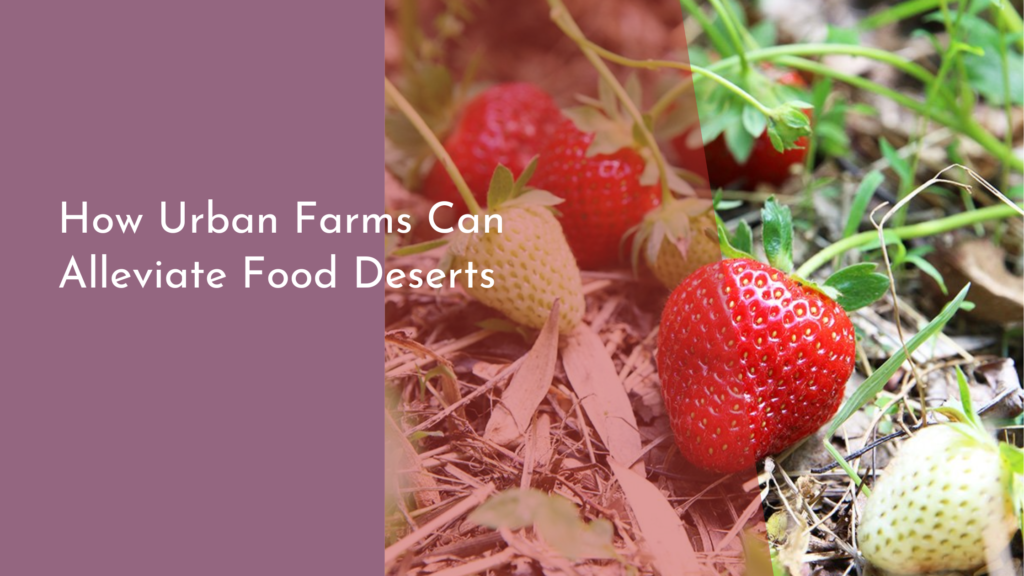Restoring Sámi Reindeer Grazing Lands in the Arctic
In the Arctic regions of Northern Europe, the Sámi people have a rich cultural heritage intricately linked to reindeer herding. This traditional practice has faced numerous challenges over the years, including climate change, industrial development, and land use conflicts. However, there is a growing movement to restore Sámi reindeer grazing lands that not only aims to rejuvenate the ecosystem but also revives the cultural significance of reindeer herding for the Sámi communities. The restoration of these lands is a beacon of hope, showcasing the resilience of indigenous practices and the importance of sustainable land management.
As the Sámi people embark on this journey of restoration, they are not only reviving their ancient traditions but also reinforcing their identity and connection to the land. Reindeer herding is more than just a livelihood; it is a way of life that embodies the values, stories, and spiritual beliefs of the Sámi culture. By restoring grazing lands, the Sámi communities are reclaiming their heritage and ensuring that future generations can continue to engage in this vital practice. This cultural revival is not only about the reindeer; it is about the Sámi way of life, which emphasizes harmony with nature and respect for the environment.
Reviving Sámi Culture Through Reindeer Grazing Restoration
The restoration of Sámi reindeer grazing lands serves as a powerful catalyst for cultural revival. Many Sámi people are reconnecting with their roots, participating in traditional practices, and passing down knowledge about reindeer husbandry to younger generations. This revival is crucial in maintaining the Sámi language, stories, and customs, which are intimately tied to the land and its resources. As communities come together to restore these grazing areas, they foster a sense of unity and purpose, reinforcing the importance of their cultural identity.
Moreover, this movement has sparked interest and pride among the Sámi youth, encouraging them to engage with their heritage actively. Workshops, cultural events, and educational programs centered around reindeer herding are becoming increasingly popular, ensuring that traditional knowledge is preserved. The revival of Sámi culture through reindeer grazing restoration is not just a local endeavor; it resonates with broader movements advocating for indigenous rights and environmental sustainability worldwide.
The Importance of Healthy Grazing Lands for Reindeer
Healthy grazing lands are essential for the survival and well-being of reindeer, which are a cornerstone of Sámi culture and economy. Reindeer rely on diverse vegetation for their diet, and the quality of grazing lands directly affects their health, reproduction, and migration patterns. When grazing lands are degraded due to overgrazing, pollution, or climate change, it can have devastating consequences for both the reindeer population and the Sámi communities that depend on them. Thus, restoring these lands is not only an ecological necessity but also a cultural imperative.
Furthermore, healthy grazing lands contribute to the overall biodiversity of the Arctic ecosystem. They support various plant species, insects, and other wildlife, creating a balanced environment that benefits all living organisms. By prioritizing the restoration of these lands, Sámi communities are taking an active role in conserving their environment and promoting ecological resilience. This holistic approach emphasizes the interconnectedness of cultural heritage and environmental stewardship, highlighting the importance of sustainable practices in ensuring the future of both reindeer and the Sámi way of life.
Innovative Solutions for Sustainable Reindeer Pastures
The restoration of Sámi reindeer grazing lands has led to the development of innovative solutions that promote sustainability. One such approach is the use of traditional ecological knowledge (TEK), which has been passed down through generations. Sámi herders are applying their understanding of local ecosystems to implement practices that enhance soil health, improve vegetation growth, and create a more balanced grazing environment. This integration of traditional knowledge with modern scientific methods is proving to be a powerful strategy for restoring and maintaining healthy pastures.
Additionally, community-led initiatives are emerging to address the challenges posed by climate change and industrial encroachment. Efforts such as reforestation, controlled grazing, and the establishment of protected areas are being undertaken by Sámi communities to create resilient grazing lands. These initiatives not only benefit reindeer but also promote biodiversity and carbon sequestration, contributing to the fight against climate change. By embracing innovative solutions, Sámi communities are paving the way for a sustainable future that honors their cultural heritage while protecting the environment.
Celebrating Success: Sámi Communities and Grazing Revival
The journey of restoring Sámi reindeer grazing lands has already seen remarkable successes, bringing joy and optimism to Sámi communities. As grazing lands improve, so too does the health and population of reindeer, allowing herders to thrive once more. This revival has energized local economies, with increased opportunities for traditional crafts, tourism, and the sale of reindeer products. The renewed vibrancy of Sámi culture is evident in festivals, community gatherings, and educational initiatives that celebrate their heritage and the importance of reindeer herding.
Moreover, the success of these restoration efforts has garnered attention from environmental organizations and policymakers, creating a platform for Sámi voices to be heard in discussions about land management and indigenous rights. This recognition empowers Sámi communities to advocate for their interests and share their valuable insights on sustainable practices. As they celebrate their achievements, the Sámi people are not only restoring their grazing lands but also inspiring others to embrace indigenous knowledge and sustainable living, fostering a brighter future for all.
The restoration of Sámi reindeer grazing lands in the Arctic is a heartwarming testament to the resilience of indigenous cultures and the power of sustainable practices. By reviving their traditions and embracing innovative solutions, Sámi communities are not only ensuring the survival of their way of life but also contributing to the health of the planet. As we celebrate their successes, we are reminded of the importance of protecting cultural heritage and biodiversity, inspiring us all to work towards a more sustainable and inclusive future.

